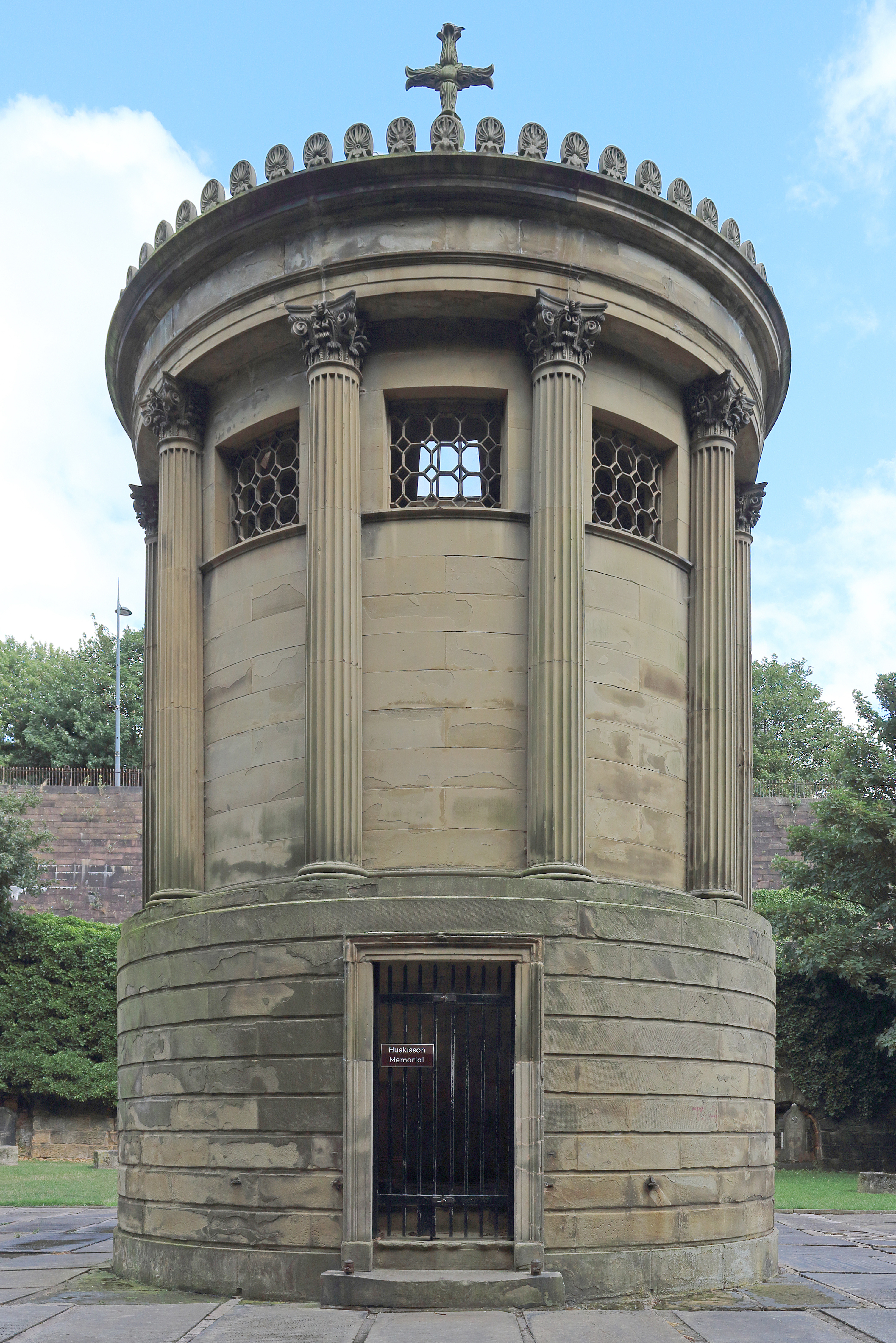St James Cemetery on:
[Wikipedia]
[Google]
[Amazon]
 St James's Cemetery is an
St James's Cemetery is an
 St James's Cemetery is an
St James's Cemetery is an urban park
An urban park or metropolitan park, also known as a municipal park (North America) or a public park, public open space, or municipal gardens ( UK), is a park in cities and other incorporated places that offer recreation and green space to resi ...
behind Liverpool Cathedral that is below ground level. Until 1825, the space was a stone quarry, and until 1936 it was used as the Liverpool
Liverpool is a city and metropolitan borough in Merseyside, England. With a population of in 2019, it is the 10th largest English district by population and its metropolitan area is the fifth largest in the United Kingdom, with a popul ...
city cemetery. It has been designated a Grade I Historic Park by Historic England.
History
The workings and operation of the cemetery predate the Cathedral to which it does not belong. The Cathedral, which began construction in 1903, occupies most of rock outcrop above the cemetery known as St James Mount (also known as Quarry Hill or Mount Zion) that in 1771 was established as Liverpool's first public park. The cemetery has two entrances which are always open. At the north side a stone path lined with recycled grave stones descends through a short tunnel betweenThe Oratory
The Oratory stands to the north of Liverpool Anglican Cathedral in Merseyside, England. It was originally the mortuary chapel to St James Cemetery, and houses a collection of 19th-century sculpture and important funeral monuments as part of the ...
and the main entrance of the cathedral. The southern entrance near Upper Parliament street is through a stone arch between the Garden Lodge and the steps up to the Mount. Notable features include the Huskisson memorial, a natural spring and a system of broad ramps lined with catacombs. There is no access from Hope Street.
The quarry
The original stone quarry began operation in the 16th century. The tunnel workings (most of which are blocked) probably happened in the 18th century. In 1773 the quarry workers discovered a running spring, which still flows today. There were windmills in operation at the edge of the quarry until the 1820s. The quarry was exhausted in 1825.The cemetery
In 1826 the young architectJohn Foster Jr
John is a common English name and surname:
* John (given name)
* John (surname)
John may also refer to:
New Testament
Works
* Gospel of John, a title often shortened to John
* First Epistle of John, often shortened to 1 John
* Second E ...
was commissioned to design and lay out a cemetery along the same lines as Père Lachaise Cemetery, Paris
Paris () is the capital and most populous city of France, with an estimated population of 2,165,423 residents in 2019 in an area of more than 105 km² (41 sq mi), making it the 30th most densely populated city in the world in 2020. S ...
with £20,000 raised by public subscription.
The Oratory
The Oratory stands to the north of Liverpool Anglican Cathedral in Merseyside, England. It was originally the mortuary chapel to St James Cemetery, and houses a collection of 19th-century sculpture and important funeral monuments as part of the ...
On the high ground at the north, Foster built the windowless Oratory in the style of Greek Revival architecture
The Greek Revival was an architectural movement which began in the middle of the 18th century but which particularly flourished in the late 18th and early 19th centuries, predominantly in northern Europe and the United States and Canada, but ...
to accommodate funeral services before burials took place in the cemetery.
The building today, which is infrequently open to the public, contains a number of the monumental statues recovered from the cemetery. A bronze sculpture by Tracey Emin stands in front of the building and is visible through the gates.
There was also a house for the minister, of which there is no trace, on the site of the cathedral.
The Garden Lodge
To the south, Foster built a monumental arch and porter's lodge out of the same stone. After years of being used as a property of the council for its workmen, it was refurbished into a private home in 1997.The burial grounds
The cemetery was closed in 1936 after 57,774 burials and subsequently fell into a state of disrepair. The monument above where William Huskisson is buried stands near the spring. AVictoria Cross
The Victoria Cross (VC) is the highest and most prestigious award of the British honours system. It is awarded for valour "in the presence of the enemy" to members of the British Armed Forces and may be awarded posthumously. It was previously ...
holder, Sergeant Arthur Herbert Lindsay Richardson
Arthur Herbert Lindsay Richardson VC (23 September 1872 – 15 December 1932) was an England-born Canadian recipient of the Victoria Cross, the highest and most prestigious award for gallantry in the face of the enemy that can be awarded to Br ...
(1872-1932), is buried here.
The park
The project to turn the cemetery into a park was completed by 1972 after clearing the vast majority of gravestones.See also
*Architecture of Liverpool
The architecture of Liverpool is rooted in the city's development into a major port of the British Empire.Hughes (1999), p10 It encompasses a variety of architectural styles of the past 300 years, while next to nothing remains of its medieval ...
References
External links
* {{Cemeteries in England Liverpool Anglican Cathedral Cemeteries in Liverpool Anglican cemeteries in the United Kingdom Grade I listed cemeteries Grade I listed parks and gardens in Merseyside 1829 establishments in England